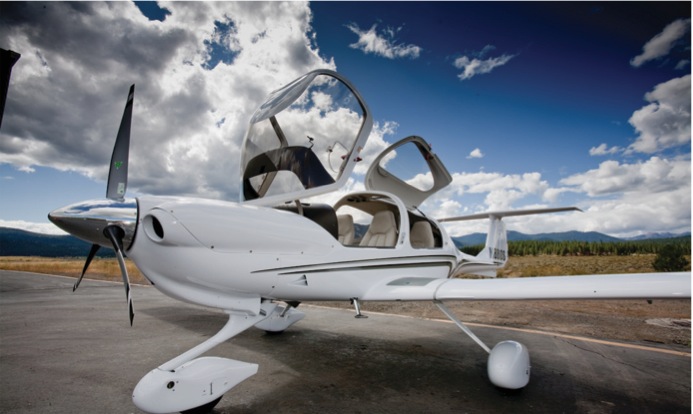Every stop so far has been amazing and I’ve learned a lot. Getting specialty training on flying in the mountains has been no exception. In fact, I feel like everything I’ve ever learned in past ground schools through books, charts, PowerPoint, and “hangar talk” was put into the ultimate, real-world application with mountain flying. I loved that. Mountain flying requires you to plan ahead, stay fully aware of where you are, laterally and vertically, and where you’re going. You have to precisely apply performance charts, regulations (think oxygen requirements), weight and balance, and planning to each flight. It was my first time flying on a sectional chart that was completely tan and brown… meaning lots of high terrain and mountains. I enjoyed my time learning from three experts, Taylor Albrecht, Lonnie Hilkemeier, and Jay Cronk.
The first thing that really stood out during this visit was how knowledgeable local pilots are about the weather. They diligently study the high and low pressure systems, the cloud formations, and the dew point and temperature spreads across a route. Weather is important to any pilot, but it was impressive how in depth pilots flying in the mountains are about their analysis. It is neat to talk to these local experts about the weather. In the mountains, there is little room for error and not many options for alternate plans, so pilots need to know what the weather is doing, where it is going to be bad and where you need to go (or stay) for favorable weather.
Another lesson that was fun to focus on was crosswind landings. Taylor gave me some great tips that helped to make the idea of crosswinds less overwhelming. For example, keep your math and chart reading simple. An easy way to determine the crosswind component is to just think, “30 degrees is half. 60 degrees is all of it (meaning the crosswind).” Taylor also helped to emphasize that you need to aviate through a crosswind in all phases of flight – taxi, takeoff, and landing! Don’t “forget” about it once those wheels touch down!
When flying in the sim with Lonnie and in the airplane with Jay, I got to work the airplane’s mixture on the ground and at lower altitudes, something I’m not that used to. Frequent tweaking of the mixture can really help the airplane’s performance. And when taking off with a density altitude of 9,000 ft and surrounded by mountains, every knot and extra foot per minute in the climb is critical!
Mountain flying is not something a pilot can go do on a whim. But, with proper instruction, training, research, and planning, it is a great way to learn and expand your flying horizons!












